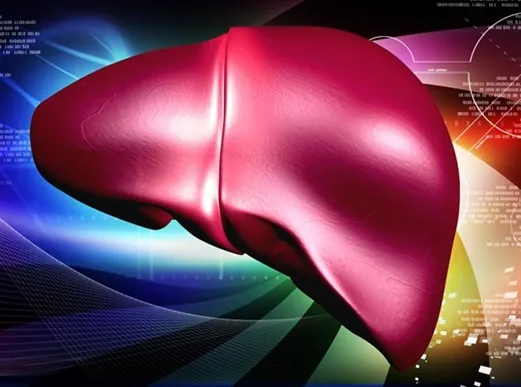
Breakthrough Study Reveals New Hope for Patients with Persistent Atrial Fibrillation
2024-11-25
Author: Yu
Groundbreaking Research Overview
Groundbreaking research conducted across 12 hospitals in China has unveiled a promising treatment for persistent atrial fibrillation (AF) that could revolutionize patient care. The study found that combining linear ablation with ethanol infusion via the vein of Marshall (EIVOM) alongside standard pulmonary vein isolation (PVI) significantly enhances sinus rhythm maintenance in patients struggling with this challenging heart condition.
Understanding Atrial Fibrillation
Atrial fibrillation is characterized by irregular and often excessively rapid beats of the heart's upper chambers, caused by erratic electrical impulses. This can result in severe complications such as blood clots, stroke, heart failure, and other critical cardiovascular issues. Persistent AF, in particular, poses a greater treatment challenge, as traditional methods, including PVI, do not always yield long-lasting results.
Innovative Treatment: EIVOM
EIVOM is an innovative procedure that involves injecting alcohol into a small vein on the heart's surface. This controlled infusion creates a localized chemical scar that effectively blocks abnormal electrical pathways. When performed in combination with linear ablation, where doctors create deliberate lines of scar tissue in strategic areas of the heart, the treatment aims to prevent the spread of irregular electrical signals.
Details of the Clinical Trial
The recent clinical trial, titled "Pulmonary Vein Isolation With Optimized Linear Ablation vs. Pulmonary Vein Isolation Alone for Persistent AF: The PROMPT-AF Randomized Clinical Trial," published in the prestigious JAMA journal, enrolled 498 patients. These participants were randomized to receive either the combined treatment of EIVOM plus PVI with linear ablation or the standard PVI alone. A striking 495 patients were included in the primary analysis.
Findings and Results
The intervention group underwent EIVOM first, followed by the PVI and linear ablation targeting crucial heart regions such as the left atrial roof, mitral isthmus, and cavotricuspid isthmus. Researchers focused on the primary goal of achieving freedom from any documented atrial arrhythmias lasting more than 30 seconds without relying on antiarrhythmic medications over a 12-month follow-up period.
The study results were impressive: 70.7% of patients who received the enhanced treatment maintained a normal heart rhythm without the need for medications after one year, compared to 61.5% in the standard PVI group. This significant difference, supported by a hazard ratio of 0.73, underscores the effectiveness of the combined approach.
Safety and Implications
Additionally, the safety profiles of both treatments were comparable, although the combined treatment group experienced slightly higher incidences of mild heart inflammation, which did not necessitate further interventions.
Conclusion and Future Directions
In conclusion, adding linear ablation with EIVOM to PVI appears to significantly improve the chances of maintaining normal heart rhythms for patients with persistent atrial fibrillation compared to standard treatment alone. This promising discovery not only offers new hope for patients suffering from AF but also represents a significant advancement in the fight against heart-related complications. As ongoing research continues to explore optimal treatment strategies, this trial may pave the way for more effective and sustainable solutions in the management of atrial fibrillation.
This is an exciting time in cardiology, as advancements like these could change the lives of countless patients.





 Brasil (PT)
Brasil (PT)
 Canada (EN)
Canada (EN)
 Chile (ES)
Chile (ES)
 España (ES)
España (ES)
 France (FR)
France (FR)
 Hong Kong (EN)
Hong Kong (EN)
 Italia (IT)
Italia (IT)
 日本 (JA)
日本 (JA)
 Magyarország (HU)
Magyarország (HU)
 Norge (NO)
Norge (NO)
 Polska (PL)
Polska (PL)
 Schweiz (DE)
Schweiz (DE)
 Singapore (EN)
Singapore (EN)
 Sverige (SV)
Sverige (SV)
 Suomi (FI)
Suomi (FI)
 Türkiye (TR)
Türkiye (TR)